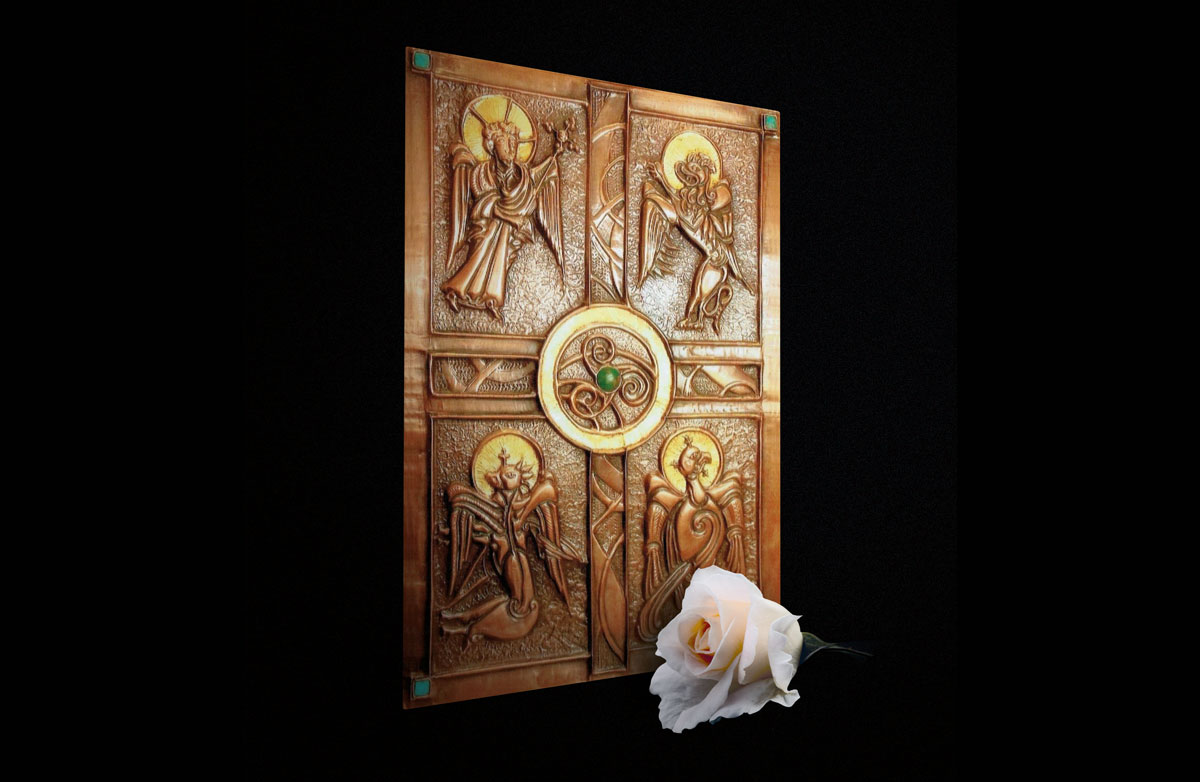
Ireland is facing a worrying shortfall of burial space and cremation is fast becoming a popular and necessary option with seven crematoria on the island and cremation figures around 23%. As the cost of a grave rises, and its availability decreases, Catholics are looking for alternatives that provide a dignified and spiritual space for burial. Even in cases where lack of burial space is not a problem, people are opting for cremation as it offers a more environmentally friendly option.
Everything we do in life has an impact on the environment and burial releases many chemicals used in embalming into the soil. Cremation is not carbon neutral but considered more sound than traditional burial in terms of climate impact. Pope Francis has urged us all to choose more environmentally sound alternatives whenever we can:
“Living our vocation to be protectors of God’s handiwork is essential to a life of virtue.”
Pope Francis, Laudato Si, 217.
In addition to some traditional tastes that favour burial over cremation, there is a common misconception that Catholics are not allowed to be cremated. While this was once the case, the Church made its stance on cremation clear in 1964:
‘The Church raises no doctrinal objections to this practice, since cremation of the deceased’s body does not affect his or her soul, nor does it prevent God, in his omnipotence, from raising up the deceased body to new life. Thus cremation, in and of itself, objectively negates neither the Christian doctrine of the soul’s immortality nor that of the resurrection of the body.’- Instruction Ad resurgendum cum Christo regarding the burial of the deceased and the conservation of the ashes in the case of cremation (4) - Cf. Holy Office, Instruction Piam et costantem, 5 July 1963: AAS 56 (1964) 822.
What we do after cremation is very important because we are forbidden to scatter ashes, make them into mementos like jewellery or keep them at home. The reason for this is because ashes are the remains of a person created by God with an inalienable dignity. Ashes need to be treated with the dignity and respect afforded to the remains of all God’s people. In the same way the deceased’s body is treated with reverence and respect at the wake house and in the church, so too should their ashes be after cremation. They must also be kept whole in a tomb in anticipation of the resurrection. This tomb must be marked with the name they received at baptism – the name by which God will call them to Himself.
The requirement for ashes to be interred in a dignified and consecrated space, like a columbarium, opens new opportunities for parishes and parishioners alike. A columbarium attached to, or associated with a parish church, echoes our ancient Christian tradition of the churchyard burial. Many of the faithful relish the opportunity to be interred in or near the church where they celebrated the major events in their life and that of their relatives. The people of the parish have the peace of mind that their remains will rest in a space that has offered them spiritual guidance and comfort over the years. It will also mean they will be close to family in a secure and spiritual location. For the parish, a columbarium is an attractive addition that offers a beautiful and dignified space for internment while fulfilling a corporal work of mercy. It also provides the parish with a very valuable and sustainable income and it saves the P.P. from having to travel to far off cemeteries after the funeral Mass.
In order for a parish columbarium to be successful, it must be properly planned, managed and promoted and all of this takes a great deal of time and effort. The niches must be attractive and complement the architectural integrity of the existing church building while making best use of the available space. In addition to this, the logistics of leases, contracts, data management and future development need to be given serious attention. When all of this is managed successfully, the parish columbarium is a benefit to us all.




